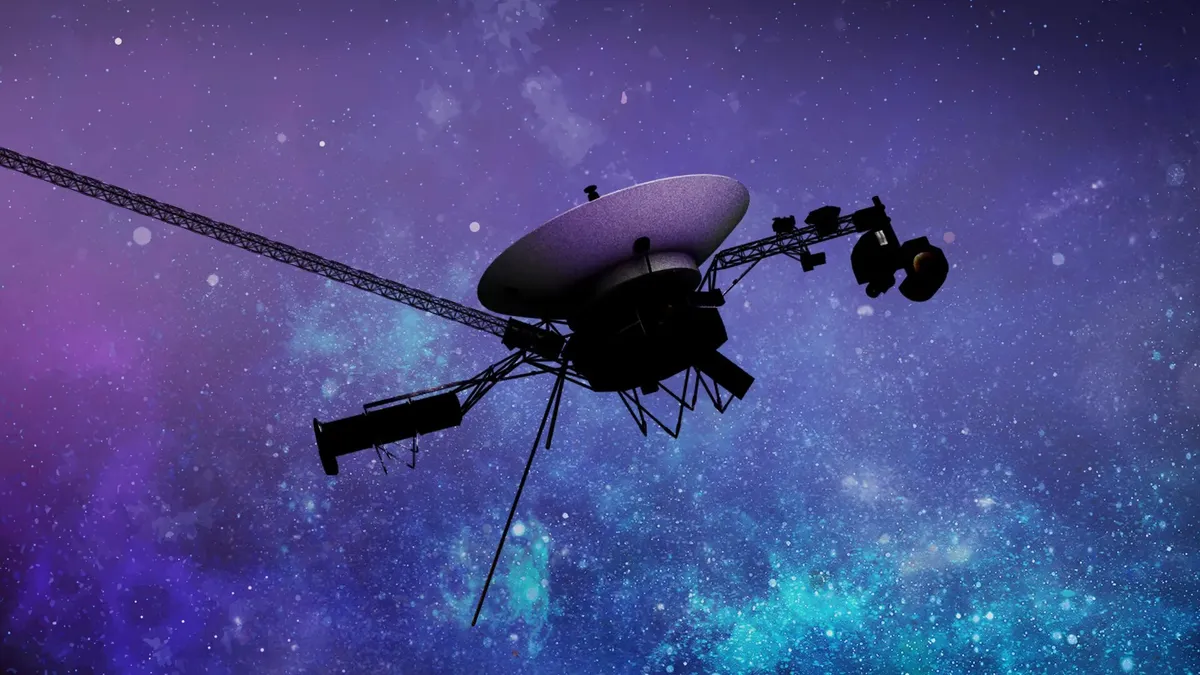
Mission engineers at NASA's Jet Propulsion Laboratory in Southern California have recently made critical decisions to manage the power supply of the iconic Voyager spacecraft. On February 25, 2023, the cosmic ray subsystem experiment aboard Voyager 1 was turned off, followed by the scheduled shutdown of Voyager 2's low-energy charged particle instrument on March 24, 2023. These measures are part of an ongoing strategy to extend the lifespan of the twin probes, which have been exploring the cosmos since their launch in 1977.
The Voyager spacecraft rely on a radioisotope power system, which generates electricity from the heat of decaying plutonium. This system allows both spacecraft to function, but they are losing approximately 4 watts of power each year. As Suzanne Dodd, the Voyager project manager at JPL, stated, "We want to keep it that way as long as possible," highlighting the urgency of managing their diminishing power supply.
If these instruments were not turned off, the spacecraft would only have a few months of operational power left before needing to declare an end to their mission. Each Voyager carries an identical set of 10 science instruments, which were initially designed for planetary exploration but have since been adapted for studying the solar system's heliosphere and interstellar space.
The instruments that remain operational are critical for collecting data on the heliosphere, a protective bubble of solar wind and magnetic fields created by the Sun, and interstellar space, which lies beyond this bubble. Notably, Voyager 1 reached the edge of the heliosphere and entered interstellar space in 2012, followed by Voyager 2 in 2018, making them the only human-made spacecraft to achieve this milestone.
In October 2022, the project team turned off Voyager 2's plasma science instrument, which had been measuring plasma flow but was no longer providing significant data due to its unfavorable orientation. Similarly, Voyager 1's plasma science instrument was switched off years earlier due to performance degradation.
The cosmic ray subsystem that was deactivated on Voyager 1 consists of three telescopes designed to study cosmic rays, including protons from the galaxy and the Sun. This data has been instrumental in determining when and where Voyager 1 exited the heliosphere. Voyager 2's low-energy charged particle instrument, set for deactivation this month, measures various ions, electrons, and cosmic rays from our solar system and galaxy, utilizing a rotating platform for comprehensive 360-degree measurements.
According to Patrick Koehn, Voyager program scientist at NASA Headquarters, "Every bit of additional data we have gathered since [the initial mission] is valuable bonus science for heliophysics." This emphasizes the ongoing significance of the Voyager missions long after their original objectives were completed.
NASA engineers have been cautious in their approach to shutting down scientific instruments, as the data collected by the twin Voyager probes is irreplaceable. With the recent deactivations, the spacecraft should have enough power to operate for approximately one more year before further instruments need to be shut down. In the meantime, Voyager 1 will continue to operate its magnetometer and plasma wave subsystem, while its low-energy charged particle instrument is set to function through the remainder of 2025 before its planned shutdown.
Similarly, Voyager 2 will maintain operation of its magnetic field and plasma wave instruments for the foreseeable future, with its cosmic ray subsystem scheduled to be turned off in 2026. With this power conservation plan, engineers are optimistic that both probes could continue to operate with at least one science instrument into the 2030s, although they are aware of the potential challenges that could arise during their extended missions.
The Voyager 1 and Voyager 2 spacecraft currently hold the record as the most distant human-made objects in existence, venturing more than 15 billion miles (25 billion kilometers) and over 13 billion miles (21 billion kilometers) away from Earth, respectively. Due to this tremendous distance, it takes over 23 hours for a radio signal to reach Voyager 1 and 19.5 hours for Voyager 2.
Linda Spilker, Voyager project scientist at JPL, remarked, "Every minute of every day, the Voyagers explore a region where no spacecraft has gone before." This exploration could yield groundbreaking discoveries, so NASA is committed to maximizing the operational time of both Voyager missions, ensuring that they continue their pioneering journey through interstellar space.